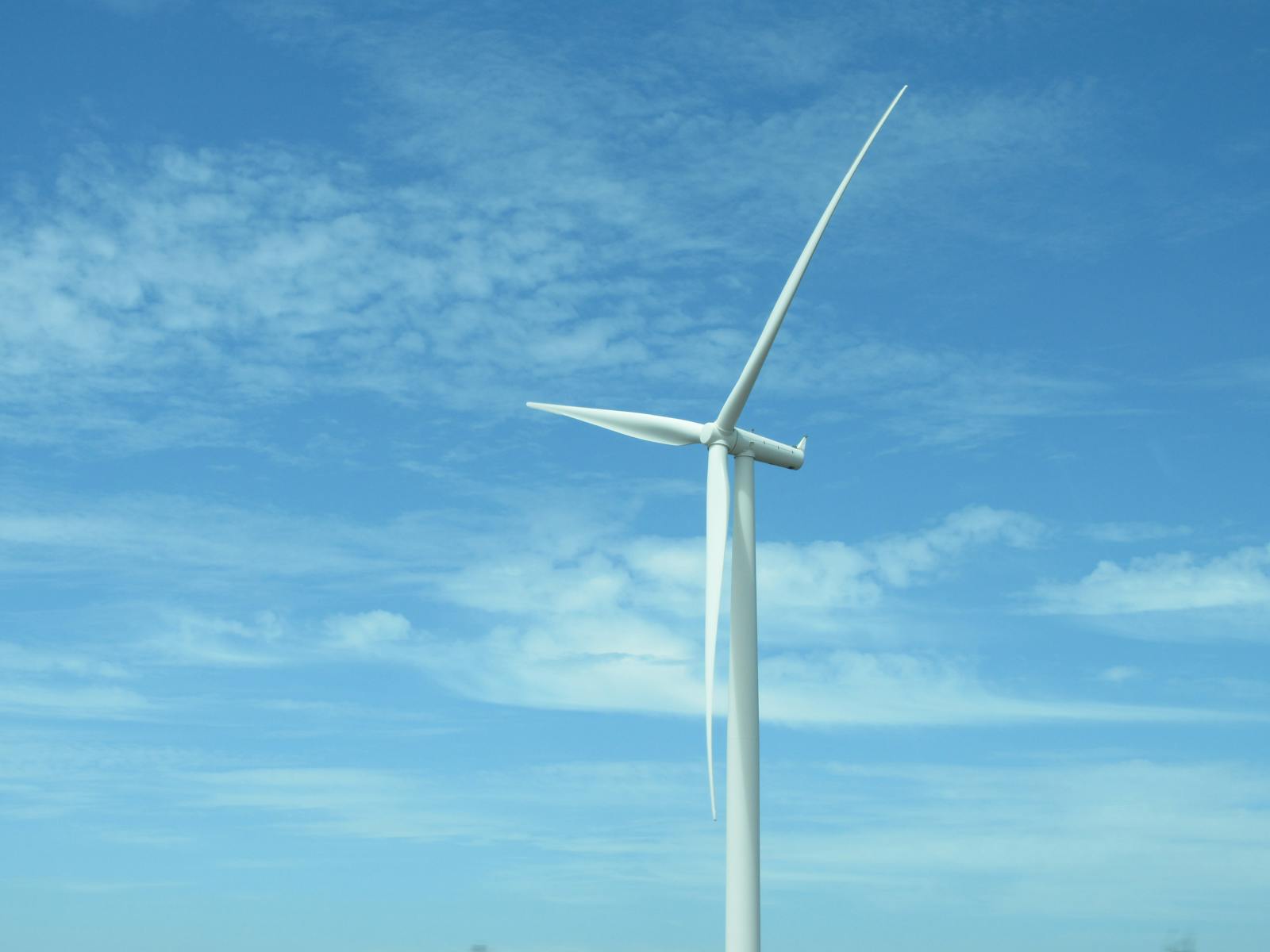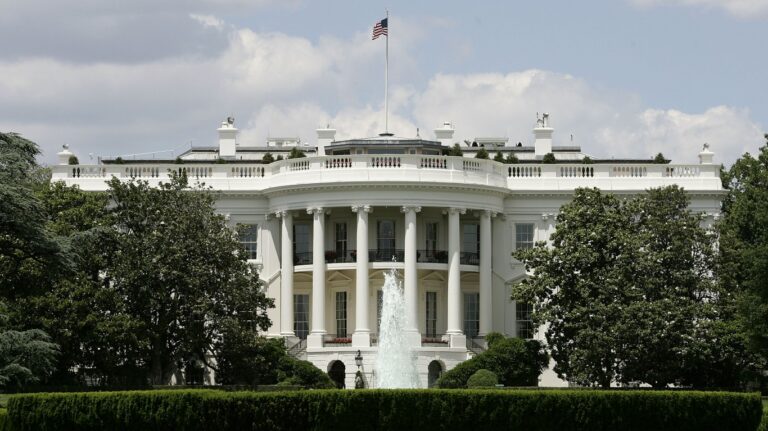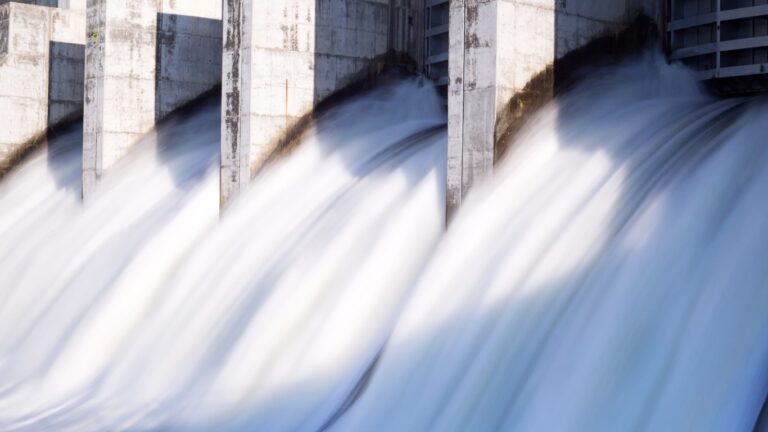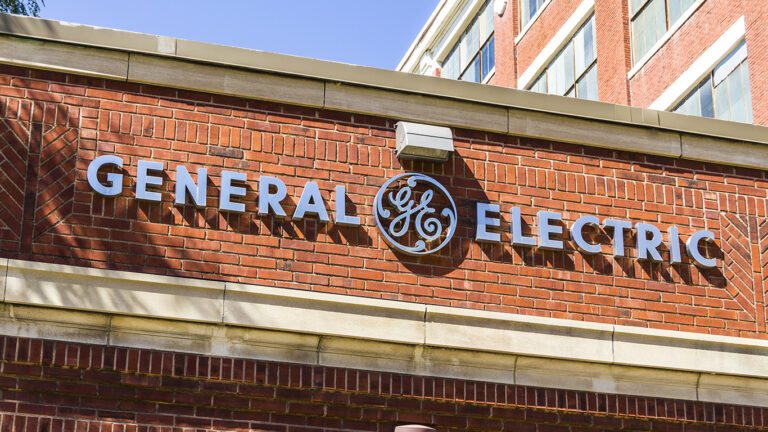Stagnant Wind Projects Stall Renewable Energy Growth In New Jersey

In the last 10 years, the United States has made significant strides in the transition to renewable energy, adding hundreds of terawatt-hours of renewable generation output and nearly doubling the share of electricity that is produced through renewable sources. While nationwide the share of electricity produced from clean energy – hydroelectric, wind, and utility-scale solar – rose from 11.0% in 2013 to 19.9% in 2023, in New Jersey renewables rose from 0.7% of all electricity production to just 2.5%.
Whence the next pandemic? Cities Where the Next Pandemic Is Most Likely to Break Out
New border crisis? Climate Change Pushing Vampire Bats North Into Texas
The sluggish growth is largely due to a decline in hydropower and stagnant growth in wind energy. The Danish multinational Orsted canceled two major offshore wind projects in the state in 2023, citing inflation and supply chain disruptions. More recently, New Jersey’s Board of Public Utilities approved a delay to a 2,400-megawatt offshore wind farm being developed by U.S. firm Leading Light Wind.
Many developers have cited cost issues and difficulty in procuring wind turbines as reasons for delay or cancellation. And while the state is seeking to build 11,000 megawatts of offshore wind capacity by 2040, local support for wind has wavered with the recent spate of developer withdrawals.
In an October 2024 survey from Stockton University, just 50% of respondents showed support for offshore wind in New Jersey, down from 80% in September 2024. According to the report, opposition stems from many factors, including perceived negative impacts on coastal tourism and marine ecosystems.
Sponsor
Find a Vetted Financial Advisor
- Finding a fiduciary financial advisor doesn't have to be hard. SmartAsset's free tool matches you with up to 3 financial advisors that serve your area in 5 minutes.
- Each advisor has been vetted by SmartAsset and is held to a fiduciary standard to act in your best interests. Get on the path toward achieving your financial goals!






